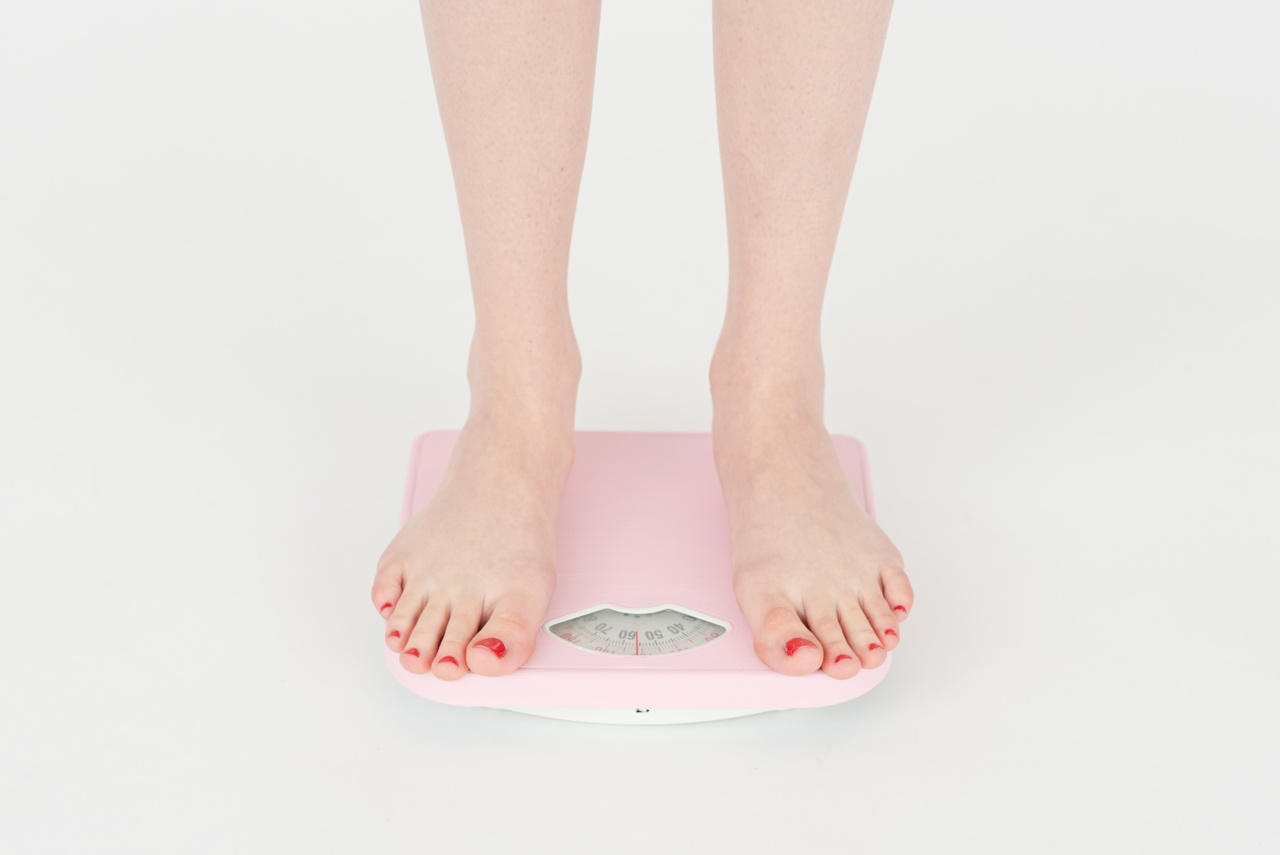In today’s fast-paced world, many people struggle with maintaining a healthy weight. The desire for quick weight loss often leads individuals to try various diets, some of which may not be sustainable or healthy in the long term.
However, one diet that has gained popularity is the high-protein diet. This article will explore the effectiveness of a high-protein diet for quick weight loss, its potential benefits, and some considerations to keep in mind.
The Basics of a High-Protein Diet
A high-protein diet is characterized by consuming foods that are rich in protein while minimizing the intake of carbohydrates and fats.
Protein is an essential macronutrient that plays a crucial role in various bodily functions, including muscle repair and growth, metabolism support, and appetite regulation.
How Does a High-Protein Diet Aid in Weight Loss?
1. Increased metabolism: Protein has a higher thermic effect compared to carbohydrates and fats. This means that the body burns more calories during the digestion and processing of protein, resulting in an increased metabolic rate.
2. Reduced appetite: Protein is highly satiating, meaning it keeps you feeling fuller for longer. By including more protein in your meals, you may naturally consume fewer calories throughout the day, leading to weight loss.
3. Preserved muscle mass: When following a low-calorie diet for weight loss, there is a risk of losing muscle mass.
However, the high-protein content in this diet helps preserve muscle tissue, ensuring that the weight loss primarily comes from fat stores.
Foods Allowed on a High-Protein Diet
When following a high-protein diet, it is essential to choose protein sources that are also low in saturated fats and processed additives. Here are some examples of foods you can include:.
1. Lean meats: Chicken breast, turkey, lean cuts of beef, and pork.
2. Fish and seafood: Salmon, tuna, shrimp, and cod.
3. Eggs: Whole eggs or egg whites.
4. Legumes: Lentils, chickpeas, black beans, and edamame.
5. Dairy products: Greek yogurt, cottage cheese, and low-fat milk.
6. Tofu and tempeh: Good sources of plant-based protein.
7. Nuts and seeds: Almonds, walnuts, chia seeds, and flaxseeds.
Possible Side Effects of a High-Protein Diet
While a high-protein diet can be effective for weight loss, it is crucial to be aware of potential side effects:.
1. Kidney stress: High protein intake may put stress on the kidneys, especially in individuals with pre-existing kidney conditions. It is advisable to consult a healthcare professional before starting this diet if you have any kidney concerns.
2. Nutrient deficiencies: Eliminating or reducing certain food groups, such as fruits, whole grains, and vegetables, can lead to inadequate intake of essential vitamins, minerals, and fiber.
It is essential to make well-rounded food choices and consider supplementation if necessary.
3. Bad breath and constipation: Since high-protein diets restrict carbohydrates, the body enters a state known as ketosis. This can cause halitosis (bad breath) and constipation in some individuals.
Staying adequately hydrated and incorporating fiber-rich foods can help alleviate these symptoms.
Combining Exercise with a High-Protein Diet
While diet plays a significant role in weight loss, combining it with regular physical activity can enhance results.
Engaging in both cardiovascular exercises and strength training can promote fat burning, boost metabolism, and improve overall fitness levels. Additionally, strength training helps preserve and build lean muscle mass, complementing the effects of a high-protein diet.
Sample Meal Plan
To help you get started, here’s a sample high-protein meal plan for a day:.
Breakfast: Scrambled eggs with vegetables and a side of avocado.
Lunch: Grilled chicken breast salad with mixed greens, cherry tomatoes, cucumber, and balsamic vinaigrette dressing.
Snack: Greek yogurt with berries and a sprinkle of nuts.
Dinner: Baked salmon with roasted asparagus and quinoa.
Snack: Cottage cheese with sliced apples.
Considerations and Conclusion
Before starting any diet, including a high-protein diet, it is important to consult with a healthcare professional or a registered dietitian. They can assess your individual nutritional needs and provide guidance specific to your circumstances.
While a high-protein diet can kickstart weight loss and offer various benefits, it is crucial to maintain a balanced and sustainable approach to eating in the long term.
Focus on incorporating a wide variety of nutrient-dense foods, and listen to your body’s hunger and fullness cues.
Remember, sustainable weight loss is a gradual process that requires consistency and a holistic approach encompassing nutrition, physical activity, stress management, and adequate rest.

























